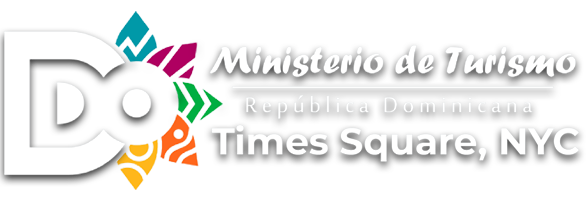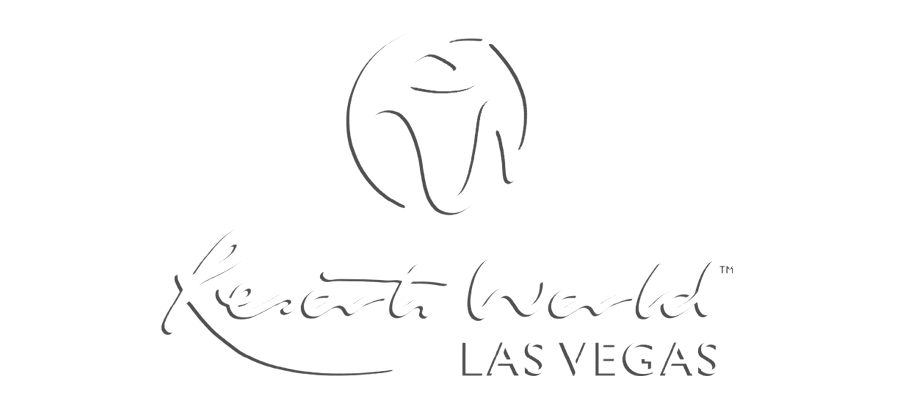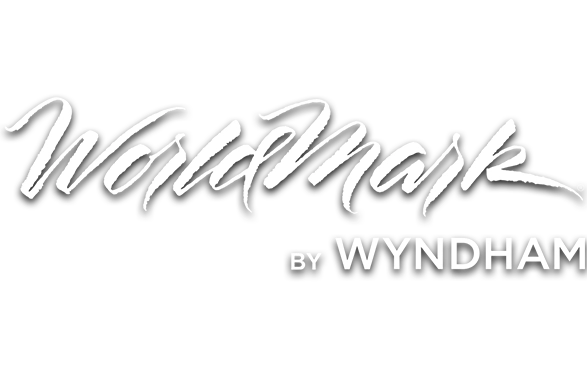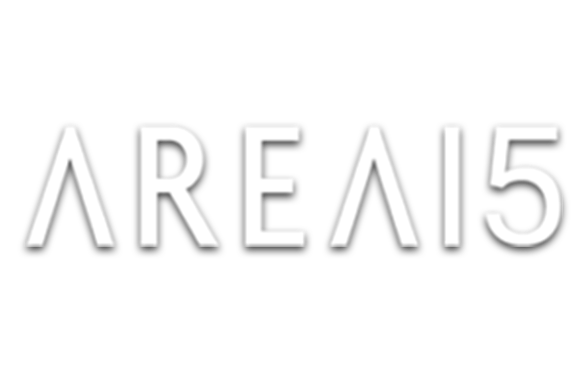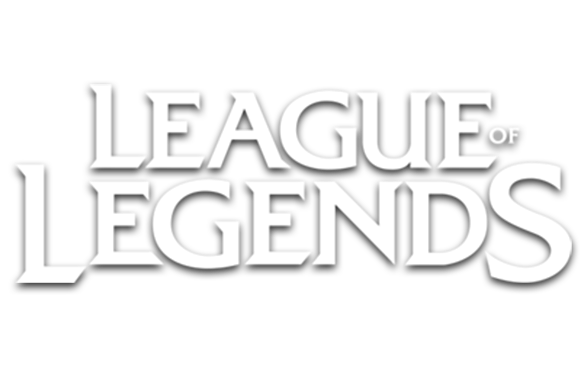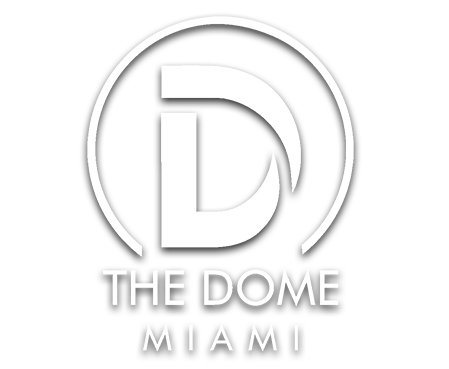Projection Mapping in New York City: Transforming Urban Landscape

HOW PROJECTION MAPPING IS USED IN THE CITYSCAPE
Using specialized software, projection mapping artists turn static structures into dynamic, breathing artworks by projecting images and videos onto three-dimensional surfaces. The city embraces this technology for its ability to transform renowed architecture into living works of art. Major brands have leveraged it for eye-catching product launches and marketing campaigns, temporarily cloaking building facades in vibrant, moving tapestries of light. Artists and non-profit organizations have also harnessed projection mapping in Times Square and other emblematic locations throughout the city to create striking visual installations and raise awareness for diverse causes. These applications further cement New York’s reputation as a hub of innovation and creativity, where technology and artistry blend to push the boundaries of urban visual expression.



Projection mapping is pushing New York City to the forefront of experiential marketing and urban communication. This technology bridges the gap between digital content and physical spaces, creating immersive experiences that captivate audiences in ways traditional media cannot. As projection mapping becomes more sophisticated and accessible, it’s opening up new possibilities for engaging with the urban environment.
The impact of this technology extends beyond mere spectacle. It’s transforming how brands interact with consumers, how artists express their visions, and how the city itself communicates with its residents and visitors. Public spaces are becoming more dynamic and interactive, capable of displaying real-time information or responding to current events. While not ubiquitous, strategic implementations of projection mapping in key locations are creating memorable experiences that leave lasting impressions. As the technology continues to evolve, it promises to enhance New York’s reputation as a hub of innovation, offering new ways to blend art, information, and architecture. This fusion of digital and physical realms is not replacing the city’s traditional charm but rather adding a new dimension to its already vibrant character, pointing towards a future where urban spaces are more responsive and engaging.
Applications of Projection Mapping in New York
New York City, with its vibrant cultural scene and distinctive architecture, provides a perfect canvas for projection mapping. Here are some of its key applications seen across the city:


CULTURAL OR HISTORICAL REPRESENTATION
The “Stolen Heart” exhibition demonstrates how projection mapping can be used to bring history to life in a compelling and respectful manner. This installation uses advanced projection techniques to illustrate the story of Jewish business and property owners in Berlin’s Mitte district before and during the 1930s. The centerpiece of the exhibition is a 3D video map projected onto a 3D-printed 1:1500 scale model of the Mitte district.
The projection mapping in this project powerfully illustrates the expropriation of Jewish-owned properties during the 1930s. Archival images and topographic time-lapse elements are seamlessly integrated into the projection, providing a visual narrative that spans from 1933 to the present day. This innovative use of technology allows visitors to see how the urban landscape changed over time, effectively bringing history to life and engaging audiences with immersive storytelling. The “Stolen Heart” exhibition showcases how projection mapping can be leveraged to create impactful educational experiences that preserve and present important historical narratives.
Artistic Innovation
The Manhattan Bridge, a historic suspension bridge connecting Manhattan and Brooklyn, recently served as a canvas for an innovative projection mapping project. This single, spectacular display demonstrated how artists and designers in New York are using technology to create new forms of public art. The project temporarily transformed the 6,855-foot-long structure into a vibrant, dynamic canvas. Using advanced projection techniques, the artists created an immersive experience that combined stop-motion animation with striking visuals. This display not only highlighted the bridge’s architectural beauty but also added a layer of contemporary artistic expression that captivated viewers. By projecting onto this iconic landmark, the artists created a unique dialogue between New York’s industrial past and its technological present, showcasing how modern techniques can reframe familiar urban structures in surprising and delightful ways.
Advertising and Marketing
New York City’s projection mapping scene extends beyond art and culture, reshaping advertising and marketing strategies. In a city already teeming with visual stimuli, this technology enables brands to create campaigns that truly stand out. By projecting visuals onto buildings and structures, companies transform ordinary spaces into extraordinary spectacles. Global giants like Coca-Cola, Dior, and Disney have leveraged this technique, creating displays that capture pedestrians’ attention and leave lasting impressions. These campaigns offer a novel way to engage audiences in the bustling cityscape.
Unlike LED panels that merely overlay digital content, projection mapping conforms to and enhances existing architecture, creating 3D effects and depth. This ability to seamlessly blend with and transform physical structures makes it particularly effective in distinctive New York locations. The result is a more immersive and transformative experience that makes reality appear to “bleed” into the digital realm, offering brands innovative ways to create deeply engaging, three-dimensional experiences that resonate with New York’s diverse population.
Iconic Projection Mapping Projects in New York City
Here are a few notable New York projection mapping examples that had an enduring impression on the city’s visual landscape.


Ralph Lauren's Striking Projection Mapping Show in New York
Ralph Lauren created a breathtaking projection mapping spectacle at their women’s flagship store on 888 Madison Avenue in New York. This innovative event transformed the exterior of the store into a dynamic canvas where art, fashion, and technology converged. Using advanced projection mapping techniques, the facade came alive with a series of 3D objects and signature Ralph Lauren designs that appeared to emerge from the building itself. The display crafted an engaging narrative that highlighted the brand’s rich history and forward-thinking vision.
This immersive experience captivated audiences and showcased Ralph Lauren’s commitment to pioneering new frontiers in fashion presentation. The event not only promoted the brand’s latest collections but also drew spectators and fashion enthusiasts from across the city. By setting a new standard for brand engagement, this creative use of projection mapping demonstrated the technology’s potential to transform ordinary cityscapes into extraordinary experiences.
Star Wars Projection-Mapping Show on New York’s Empire State Building
The Star Wars projection mapping show on the Empire State Building merged pop culture with one of New York’s most famed landmarks. The building’s facade became a canvas for the Star Wars universe, featuring vivid projections of characters, spaceships, and beloved visuals from the franchise. This spectacular display transformed the New York skyline into a gateway to a galaxy far, far away.
The show utilized advanced projection mapping technology to precisely align images with the Empire State Building’s architectural features. Lucasfilm’s visual effects house, Industrial Light & Magic (ILM), partnered with Panasonic North America to employ high-powered projectors, ensuring visuals that were both high-quality and true to the Star Wars aesthetic. This cutting-edge display not only captivated locals and tourists alike but also showcased New York City’s capacity to host groundbreaking visual experiences on a grand scale.
A 360-Degree Mapping Journey to the Dominican Republic in Times Square
In early 2024, Times Square became a gateway to the Caribbean through an extraordinary projection mapping event. Lumen & Forge meticulously constructed a 30-foot steel geodesic dome, serving as a portal to the Dominican Republic’s vibrant landscapes. The dome was adorned with a hand-painted canvas cover by renowned Dominican artists, capturing the essence of the country’s vibrant culture. This captivating exterior drew the attention of thousands in Times Square, inviting them to explore what lay inside.
A 360-Degree Mapping Journey to the Dominican Republic in Times Square
Inside the dome, visitors were greeted by a stunning 360-degree visual representation of the Dominican Republic’s diverse landscapes. This was achieved using eight Optoma projectors, each delivering an impressive 9,800 lumens of brightness. The result was a vivid and immersive journey through lush tropical forests, serene beaches, and bustling urban areas — all brought to life with exceptional clarity and color.
Complementing the visual experience, the installation featured live performances and artisanal vendors, creating a multisensory celebration of Dominican culture. This combination of projection mapping, art, and traditional elements showcased the potential of experiential marketing in one of the world’s most dynamic urban spaces.


The Future of New York City Projection Mapping
As technology advances, the potential for projection mapping in New York City continues to expand. Future trends point towards more interactive and participatory installations, where viewers can influence visuals in real-time using their smartphones or gestures. This interactivity could allow passersby to temporarily change building facades, participate in city-wide art projects, or even play massive multiplayer games projected onto skyscrapers.
Augmented reality (AR) is set to play a significant role in enhancing projection mapping experiences. By combining AR with projection mapping, we could see scenarios where:
- Visitors use their phones to unlock additional layers of projected content, revealing hidden stories or information about buildings and landmarks.
- Interactive city guides use projections and AR to lead tourists through historical narratives projected onto actual locations.
- Advertising campaigns become more personalized, with AR allowing individuals to see tailored content within larger projections.
If you’re interested in exploring projection mapping for your next event or project, consider reaching out to your local expert, Lumen & Forge. Our innovative approach and expertise can help bring your vision to life, creating immersive experiences in the heart of New York City. Contact us today to discuss how we can transform your ideas into reality.




